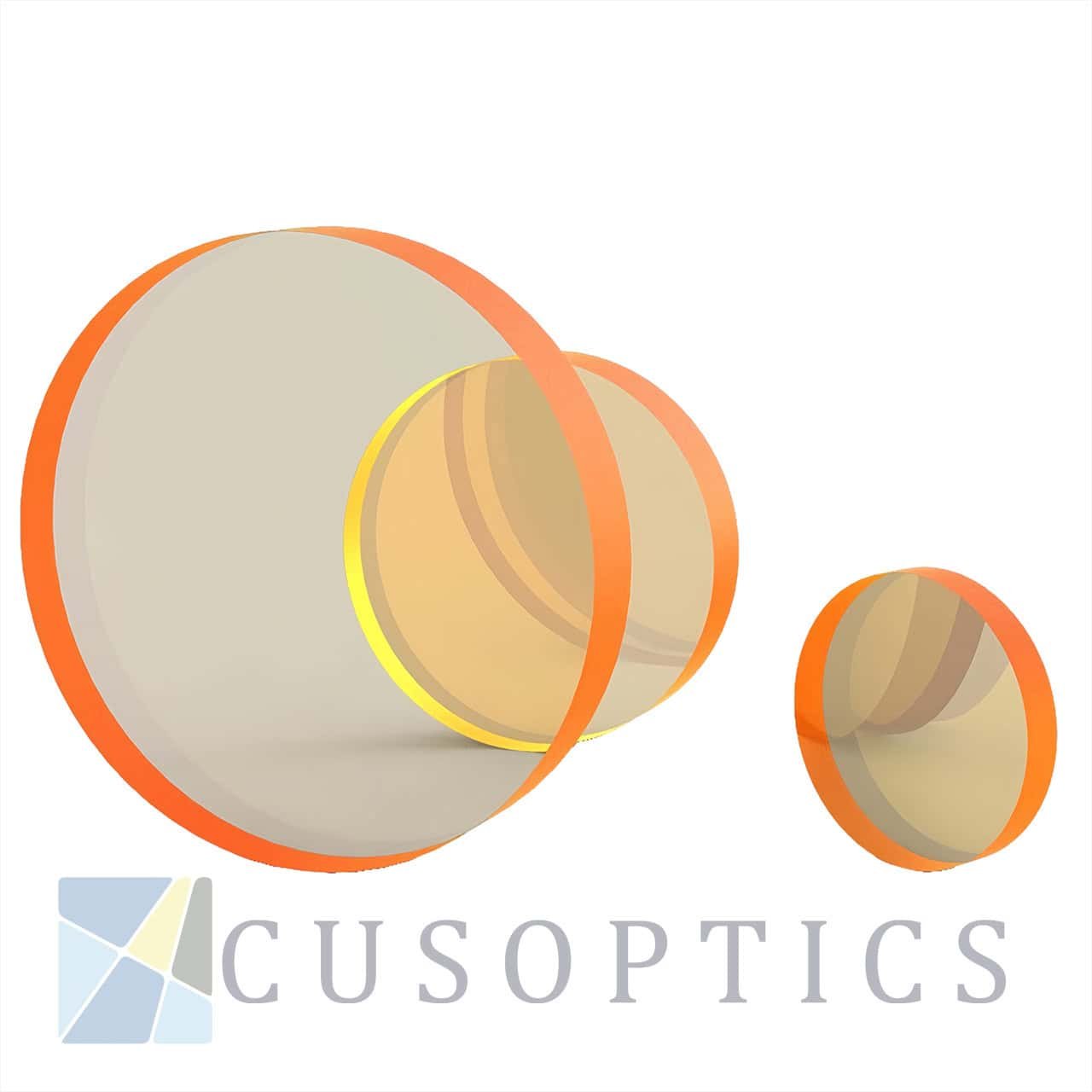Beamsplitter Coating
Custom Fabrication
Custom Fabrication
Any question you want to know, just to contact email: cusoptics@micquartz.com.
What is Beamsplitter Coating?

Beamsplitter Coating is a special thin film applied to the surface of optical components (usually prisms or flat glass). Its core function is neither complete transmission nor complete reflection, but to split a beam of incident light into two beams according to a predetermined ratio: one reflection and one transmission.
You can imagine it as a precise “light road traffic command” that assigns light flow to different directions according to established rules.
Why do we need Beamsplitter Coating? ——Spectral and photosynthetic processes.
In many complex optical systems, it is necessary to separate, merge, or sample optical signals.
Dual channel imaging: For example, allowing one camera to capture images of two different frequency bands simultaneously.
Interference measurement: Divide a beam of light into two beams, let them take different paths, and then merge them to produce interference fringes for precise measurement.
Signal sampling and feedback: Separate a small portion of light (such as 5%) from the main optical path for power monitoring, while allowing the majority of light (95%) to continue working.
Photosynthesis: Spectral membranes can also work in reverse, combining light from different paths into the same path.
Spectral membranes achieve these complex optical path functions by precisely controlling the distribution ratio of light.
How does Beamsplitter Coating work?
The implementation of Beamsplitter Coating mainly depends on the interference effect of light (for dielectric films) or the inherent characteristics of metal films.
Dielectric film splitting: By precisely controlling the thickness and refractive index of multi-layer dielectric films, the interference effect is utilized to achieve the desired T/R ratio (transmission/reflection ratio, such as 50/50, 70/30, 90/10) at specific wavelengths and incident angles.
Metal film spectroscopy: using very thin semi transparent and semi reflective metal (such as chromium, aluminum, silver) films for direct spectroscopy. The light intensity is partially reflected and partially transmitted by the metal film.
Types & Features of Beamsplitter Coating
| Type | Features | Advantage | Shortcoming | Application |
|---|---|---|---|---|
| Neutral Beamsplitter | The goal is to maintain a constant ratio of transmittance (T) to reflectance (R) within a certain width band (such as the entire visible light) (such as 50T/50R), without significant changes with wavelength, and to output light without color deviation. | The spectral effect is uniform, maintaining the color information of the original light. | High technical difficulty and high cost. | Spectral prism for photography, dual camera system in machine vision, and light intensity attenuation. |
| Polarizing Beamsplitter (PBS) | Utilize the polarization characteristics of light. Its design results in high reflection of S-polarized light (polarization direction perpendicular to the incident surface) and high transmission of P-polarized light (polarization direction parallel to the incident surface). | It can efficiently separate or merge polarized light with a high polarization extinction ratio. | Sensitive to the polarization state and incident angle of incident light. | LCD projector (core component), optical isolator, quantum optics, polarization measurement. |
| Dichroic Beamsplitter | Also known as dichroic film. Its spectral ratio strongly depends on wavelength. It is commonly used to separate or combine light of different colors (wavelengths), such as reflecting blue light but transmitting red light. | It can achieve very sharp wavelength separation with high efficiency. | Single function, designed for specific wavelengths. | Fluorescence microscope (separating excitation light and emission light), RGB laser combining system, multi band camera. |
The advantages of Beamsplitter Coating
T/R Ratio: The most important parameter, such as 50/50, 70/30, 90/10, etc.
Polarization sensitivity: whether the spectral ratio depends on the polarization state of the incident light.
Working band: Within which wavelength range can the specified spectral characteristics be maintained.
Incident angle: The performance of the spectral film is very sensitive to the incident angle and must be used according to the design angle.
Absorption loss: The ideal spectral film should have no absorption, T% + R% = 100%。 The actual membrane system will have a small amount of absorption, resulting in energy loss.
Application
Projection display: Polarized beam splitter (PBS) is the core component of LCD and LCoS projectors, used for modulating and synthesizing images.
Precision measurement: the core component of Michelson and other interferometers.
Life Sciences: The dichroic mirror is the key to separating excitation light and emission light in fluorescence microscopy and flow cytometry.
Optical imaging: dual band camera, multispectral imaging system.
Laser system: used for optical path sampling, power monitoring, and laser beam combining.
Consumer electronics: Optical sensing systems in autonomous driving LiDAR and AR/VR headsets.
Realization
Spectral films are usually coated on two substrates:
Plate Beamsplitter: Plated on flat glass. The structure is simple, but it may produce ghosting.
Cube Beamsplitter: Plated on the adhesive surface of two right angled prisms. It can eliminate ghosting and has a more stable structure, which is a more common form.
Send Us A Message

